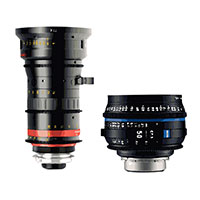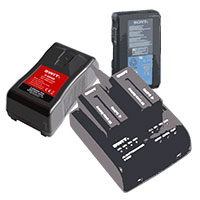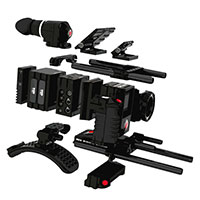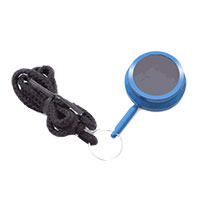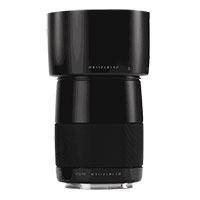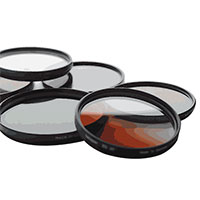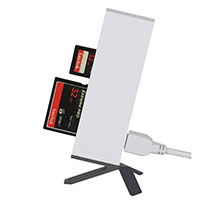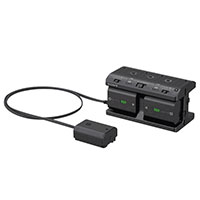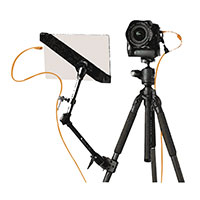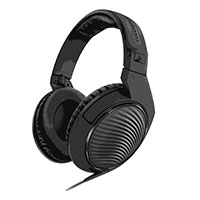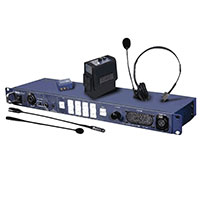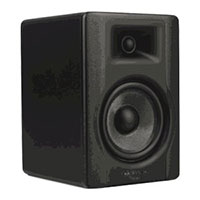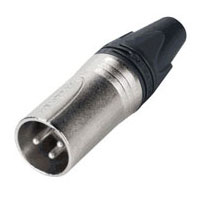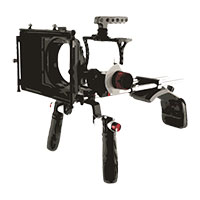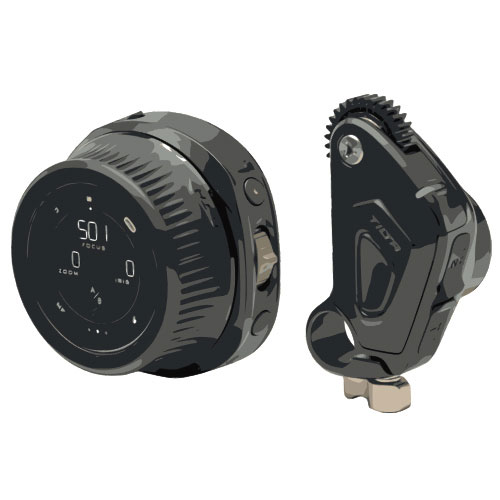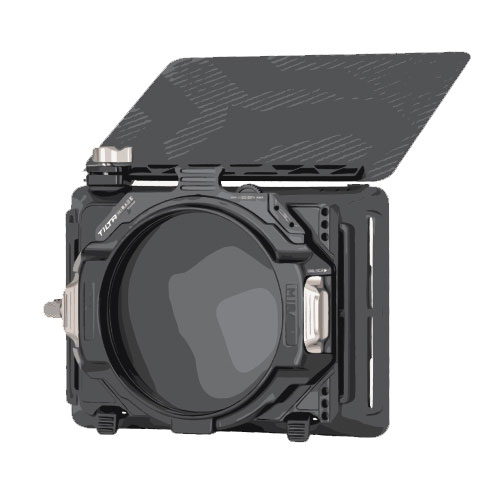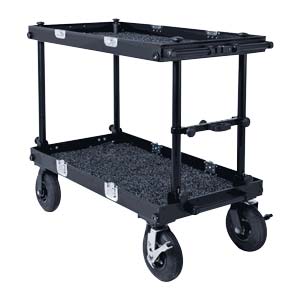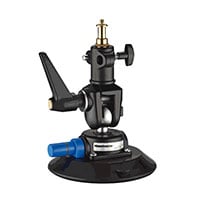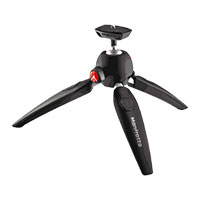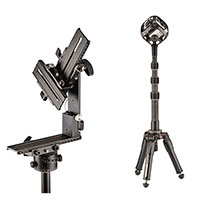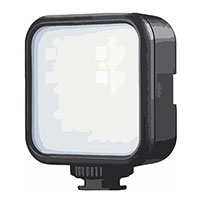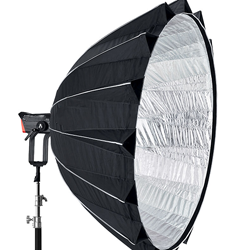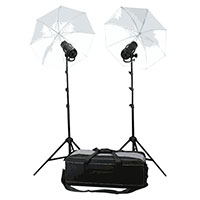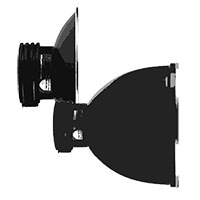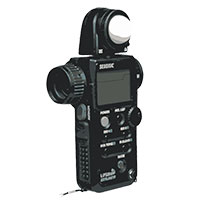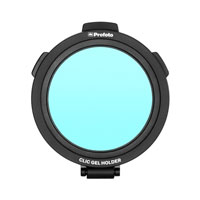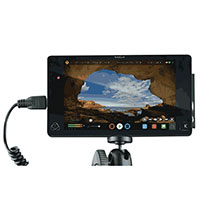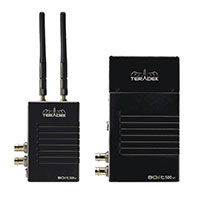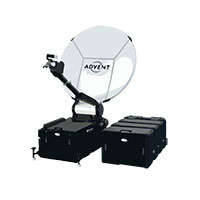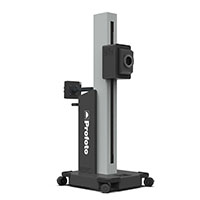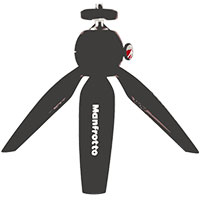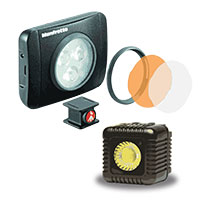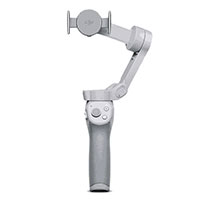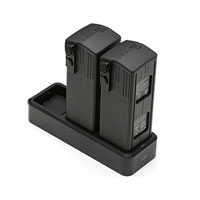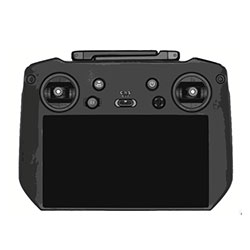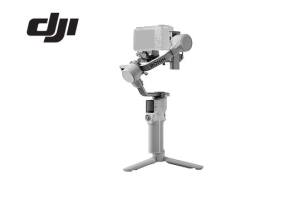Role of Drones in Search and Rescue
Search and rescue are one of the most commonly occurring emergency incident. The goal of search and rescue is to rescue greatest number of people in shortest possible time. But for achieving this goal there are several practical difficulties. The most important challenge faced is with the environment. Most of the time the road will be blocked, or terrain will be so difficult to cross over, like what we witness recently in Northern Syria and Southern Turkey. Another important challenge is regarding situational awareness. The rescue team will be new to the site or site will be completely different due to the emergency. These challenges increase response time of ground responders. As we are dealing with the lives, each second is crucial.
Let’s consider traditional workflow:

From getting a call to arriving at the site, ground team takes more time due to traffic and terrain conditions. The ground team only be able to get the information from their vision limit. This creates problem in determining safe action plan and its execution due to lack of situational awareness. So there comes often a need to change the plan. This takes time and demands manpower. Here comes the importance of having a drone solution.
Drone/UAV can be generally described as a flying camera. Having a drone solution will provide a great value to the search and rescue.
Let’s consider drone solution workflow:

Drones are easy to deploy and can quickly arrive at the location. The drone can assess the situation by getting an aerial perspective and the live feed can be transferred to the command Centre, where in which the higher officials can monitor and determine safe action plan. The plan will be sent to the ground team for action. Most of the DJI enterprise series drones are equipped with thermal camera, which helps to find out the missing person by utilizing thermal signatures. These cameras can see through the smoke and adverse weather conditions. Moreover, the actual coordinates of the individuals can be pinpointed in the map in real time and can be sent to the ground team. This enables coordinated assistance and makes the search efficient. The drones can also work with armed and air forces, providing intel from the locations that forces or the helicopters can’t access. The live changes and progress can be monitored in real time and can change the plans accordingly in an efficient manner. The drones can work in wide range of temperatures and weather conditions, making it more versatile and reducing the dependency on human endurance.
In terms of rescue operation its important to have an assistance if needed. Considering traditional way, the assistance is limited and time consuming. In the other hand the drone solutions provide faster and versatile solutions even in difficult terrain conditions. DJI enterprise series drones can be equipped with accessories like spotlight, speaker, throwing hook etc. to assist the ground team. Spotlight can be used to light up the scene, speaker can be used to exchange information with the victims and throwing hooks can be used to transfer tools to the ground team or to deliver medicines or food to the victims, which provides great value to the search and rescue mission. The entire work can be recorded and can be documented. This also helps in training and post reference.
Drones deliver new set of technologies and dimensions to the existing traditional workflow, which improves the existing methods to a greater extend. Today more and more organizations are implementing drones to their team for efficient operation, considering its cost savings.
For more information:
https://enterprise-insights.dji.com/blog/droneshelp-how-can-police-firefighters-and-search-and-rescue-professionals-use-drones-to-keep-the-public-safe
https://enterprise-insights.dji.com/blog/search-and-rescue-drones
https://www.amt.tv/dji-matrice-300-rtk-drone.html







 UAE
UAE KSA
KSA











